If I were to tell you during the lockout that a quarter of the way into the season that the NHL’s most dominant player, and consensus Hart Memorial (MVP) favorite, was going to have a season ending injury, who would have crossed your mind? 99.9% of you would have said Sidney Crosby. However, Sid the Kid is healthy,playing well, and second in the league in points. As we all know, the unfortunate injury came to the reigning Norris trophy winner for the leagues best defenceman, 22 year old Ottawa Senator, Erik Karlsson.
Karlsson’s injury occurred at the end of the second period, oddly, against Crosby’s Pittsburgh Penguins. On a seemingly meaningless forecheck, a Penguin sloppily lost his footing, and then came down with all of his weight on the back heel of Karlsson. Who was this Penguin? He’s no stranger to controversial plays ending player’s seasons or even careers. The culprit was one the leagues most hated pests, Matt Cooke. The next morning Karlsson underwent successful surgery to repair a 70% cut of his Achilles tendon. Below is a video of the injury.
Erik Karlsson Injury
{youtube}
EyfTzunzrUk{/youtube}
This blow will hurt the NHL as Karlsson has been emerging not only as one of the leagues greatest talents, but also one of its greatest personalities. He has been a great advocate for the NHL as the league
forges forward in this latest “post lockout era”. As for the Ottawa Senators, their playoff hopes are essentially over. Already dealing with the loss of their leading scorer Jason Spezza and young shutdown defenceman Jared Cowan, not to mention Milan Michalek’s constant injuries. They are essentially missing their top line.
Although in all of this, there could be a silver lining for the future of the league. Unfortunately sometimes it takes a significant injury to a star player in order to raise awareness about player safety. Concussions have been a problem for years in professional sports. Within the NHL, even the career ending concussions of once dominant star Eric Lindros weren’t enough to bring the issue to the forefront. But when Sidney Crosby, the face of the NHL, went down with a concussion and missed a significant amount of time, enough was enough. Rules, equipment, and protocols for diagnosing injuries have all changed. This wasn’t the first time an injury
brought to light the need for a change in equipment or rules. Bryan Berard, first round pick, 1997 rookie of the year, and freshman All-Star took an unintentional high stick to his right eye from Marian Hossa. This changed the way many players and leagues thought about wearing visors or even full cages, as well as penalties for unintentional high sticks.
Richard Zednik of the Florida Panthers caught a stray skate from a teammate to the neck causing serious injury and almost cost him his life. Shortly after the injury, the Ontario Hockey League (major junior) made neck guards mandatory. Finally, Kevin Bieksa of the Vancouver Canucks has had is calf cut twice by skates, which led to him and some other players to wear Kevlar protective socks. He had a small chuckle when he showed up to practice the day after the Karlsson incident to find a pair of the socks were in every player’s stall. Perhaps after the NHL reviews this incident, they will make these socks mandatory for player’s safety. Although many players don’t like the Kevlar due to lack of comfort, and some players have been going barefoot in their skates since childhood, this small change could save them from a career ending injury.
Bauer Kevlar Socks
The cut Erik Karlsson received will keep him sidelined for up to 4 months plus physiotherapy. He in fact may never be the same. He may lose his speed and agility that sets him above other defencemen, or he could have a full recovery. Many analysts around the league have had mixed thoughts about the incident. Some saying it was just a terrible accident, and others saying Matt Cooke did it intentionally and shouldn’t be allowed to play in the league. After all, he has had some major suspensions in the past. Check to the head of Artem Anisimov, check to the head of Scott Walker, check from behind on Fedor Tyutin, elbow to the head of Ryan McDonough, not to mention he personally ended the career of Bruins forward Marc Savard. Some will argue Cooke didn’t “end” Savard’s career because of Savard’s attempted comeback; however, Savard was never the same as a player and more concussions came with ease after the dirty blind shot to the head he received at the hands of Cooke. Cooke eventually was given an ultimatum by the league to change his game or he was going to be kicked out of it - and for 2 years he has been without incident.
Matt Cooke hit on Marc Savard
My thoughts on the incident are this: Yes, it looks like it could have been an accident. An extremely sloppy forecheck, Cooke’s skate came up suspiciously high and “accidently” came down on Karlsson’s ankle with his full weight. But he didn’t try very hard to make sure he didn’t cut him. In fact, Cooke put his full weight on Karlsson’s heal. A player kicking another player in the NHL will result in a match penalty and is an automatic date with Brendan Shanahan of the NHL Player Safety Committee. Should this not be considered a kick even if it was unintentional? Compare this incident to unintentional high sticks. You can get 4 minute double minor if a high stick is draws blood. Even goalie interference penalties are given to a player if a team’s own defenceman pushes someone into the crease and he doesn’t “make a big enough effort to get out of the way”. So by this logic should a known offender like Cooke not be held accountable for ending the season of the leagues best defenceman and possibly best player? Many would argue that Matt Cooke is a changed man. He has openly said he feels horrible for Erik and the Senators organization. Although, he said the same thing about Marc Savard. The bottom line is, I don’t think it’s a coincidence that Matt Cooke was the player involved. And what do I think about Matt Cooke’s incredible turn around the last 2 years? How he has changed his game, and hasn’t terribly injured someone in a long time? I say only one thing.
“The devils greatest trick was convincing the world that he didn’t exist” - Charles Baudelaire
Follow us on Twitter!
@NHLKidd
@NotInHallOfFame
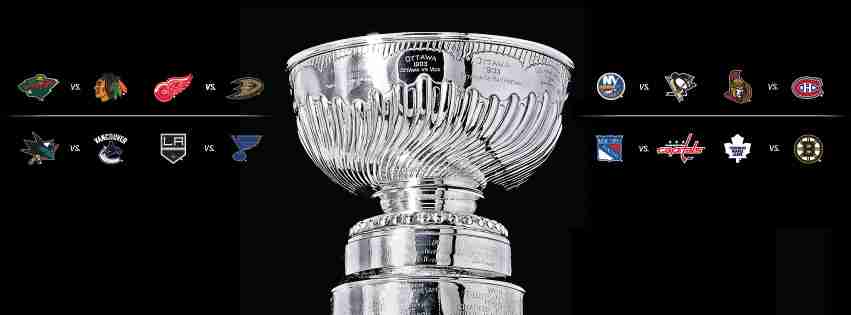

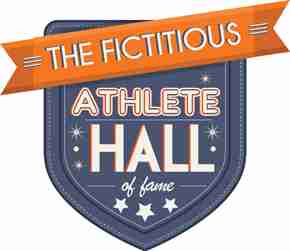
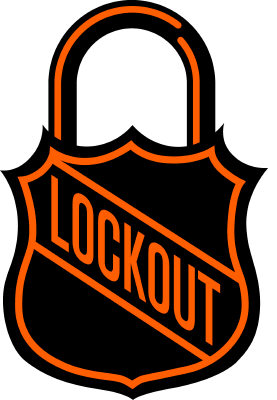
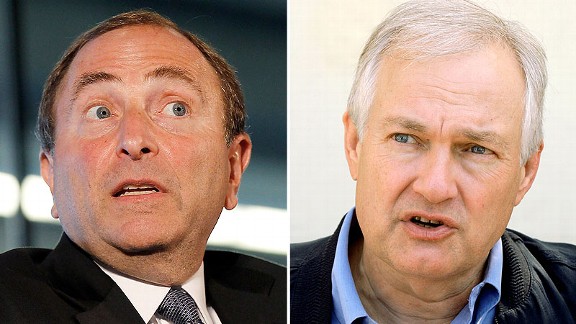 Meanwhile Commissioner Gary Bettman’s salary has doubled from $3.7 mil to $7.5 mil since the lockout. That salary would make him the 18th highest paid player in the league by cap hit, coming in just $300K less than the ridiculous contracts just signed by Ryan Suter and Zach Parise.
Meanwhile Commissioner Gary Bettman’s salary has doubled from $3.7 mil to $7.5 mil since the lockout. That salary would make him the 18th highest paid player in the league by cap hit, coming in just $300K less than the ridiculous contracts just signed by Ryan Suter and Zach Parise.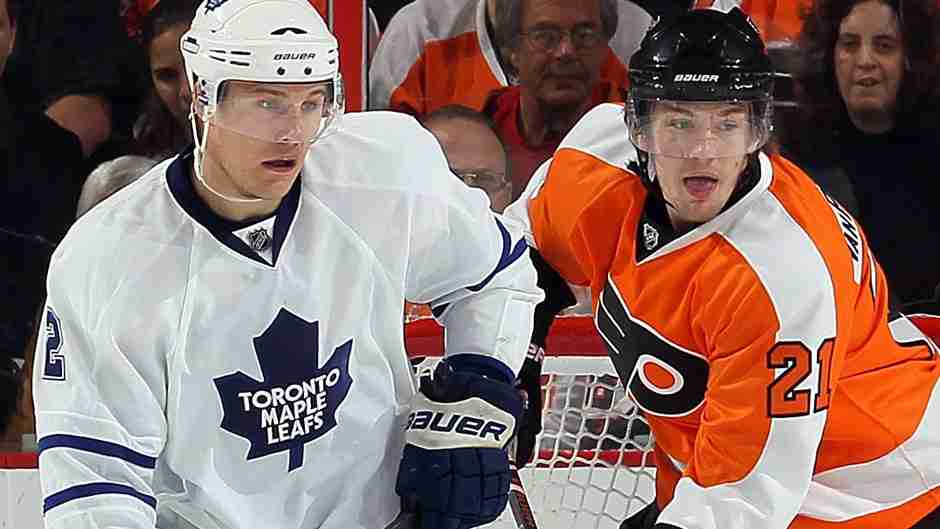 Both teams went into the draft with their respective teams looking for something. The Leafs were seeking a top line center (among other things) and the Flyers a top 4 defenseman. Oddly enough, with the 5th overall pick, the Maple Leafs selected puck-moving defenseman in Morgan Rielly. In Turn, with the 20th overall pick, the Flyers selected gritty two-way center Scott Laughton. Obviously after the first round, both teams still needed to address their gaping needs.
Both teams went into the draft with their respective teams looking for something. The Leafs were seeking a top line center (among other things) and the Flyers a top 4 defenseman. Oddly enough, with the 5th overall pick, the Maple Leafs selected puck-moving defenseman in Morgan Rielly. In Turn, with the 20th overall pick, the Flyers selected gritty two-way center Scott Laughton. Obviously after the first round, both teams still needed to address their gaping needs.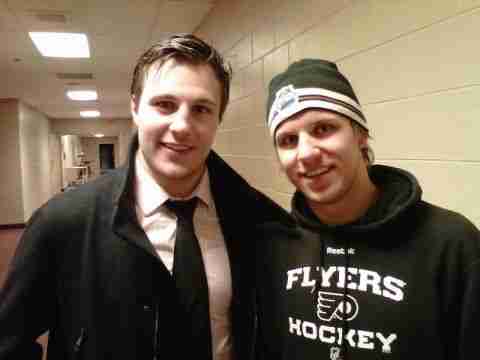 My final analysis is that both players were in need of a change. It was no secret that JVR was on the way out. The fans were getting tired of waiting for him, but more importantly so was GM Paul Holmgren. He wasn’t fitting into the plans of the Flyers anymore because when he was out with injury Brayden Schenn and Sean Couturier took the reigns and won over the staff and the fans. Now as a Flyers fan, I hate to see JVR go. He is going to be an elite forward, maybe as early as next year. His offensive prowess and size is a perfect fit in Toronto and the crowd will love him. He could be the forward that brings them to the next level.
My final analysis is that both players were in need of a change. It was no secret that JVR was on the way out. The fans were getting tired of waiting for him, but more importantly so was GM Paul Holmgren. He wasn’t fitting into the plans of the Flyers anymore because when he was out with injury Brayden Schenn and Sean Couturier took the reigns and won over the staff and the fans. Now as a Flyers fan, I hate to see JVR go. He is going to be an elite forward, maybe as early as next year. His offensive prowess and size is a perfect fit in Toronto and the crowd will love him. He could be the forward that brings them to the next level.